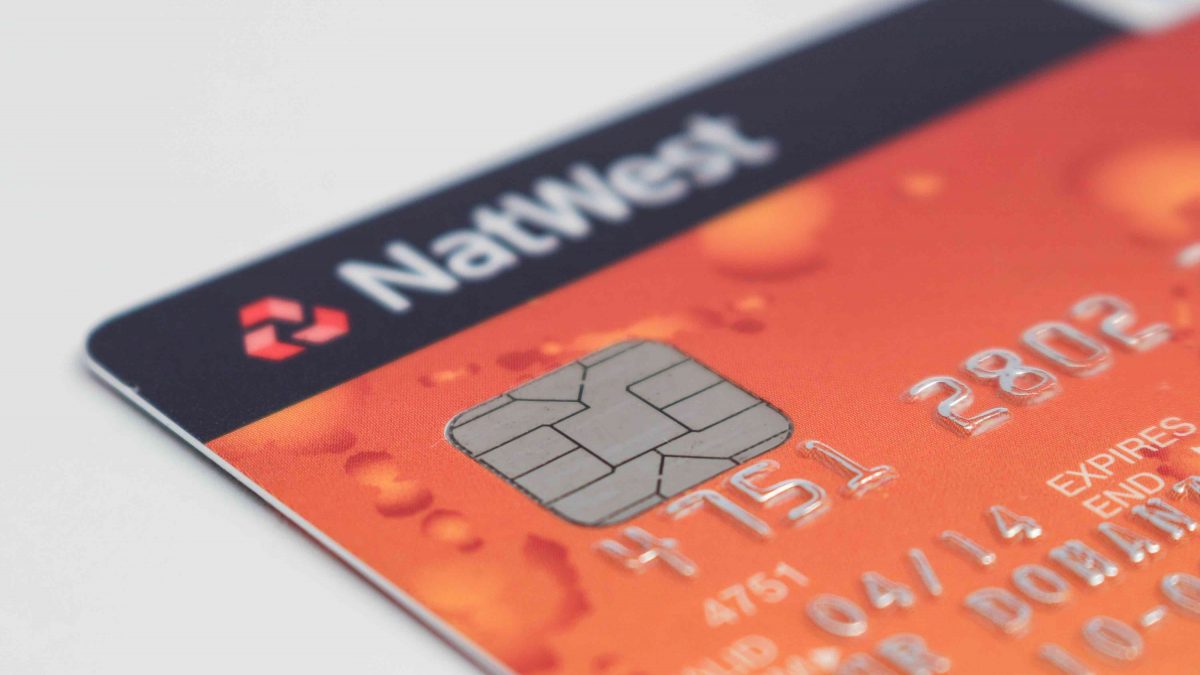For decades restaurants have centered their order and payment processes around the POS. Diners sometimes pay with cash, but a majority have migrated to payment using credit and debit cards. Among payment cards, debit plays an important role, as 68% of all payment cards and 64% of all card payments are made with debit cards.
Of course, consumers are familiar with debit cards, using them at the ATM and major retailers (e.g. Wal-Mart, Costco). In these settings, they use their PIN to verify their identity and to complete the transaction. But a funny thing has happened when they use their debit cards in a restaurant. Instead of using a PIN number as they usually do, they sign their receipt to authorize the purchase. Of course, this takes place because the payment card is still run to the POS, and nobody is going to tell wait staff their PIN Number.
So what, you say? What’s the difference? Who cares? Well, there are some important differences, that you as a restaurateur should think about.
While a debit card purchase can be authorized with a signature, doing so costs the merchant more. That’s because use of a signature for authorization with a purchase using a debit card is actually treated as if it were a “Credit” purchase. The purchase is routed over a credit card network for authorization, rather than a debit card system. Because rates are higher when using the credit card network, the merchant pays more.
Next, there is the timing of payment to be considered. A debit card purchase approved over a debit system, and approved with a PIN number, is normally settled, with payment made to the merchant, the same day. Debit purchases authorized with a signature are treated as a credit purchase, with a resulting delay. The transaction isn’t settled, and the merchant is not paid, for at least a day or two.
Delays associated with signature authorization not only mean you are paid later, but you are more likely to incur chargebacks. In fact, a study by the Federal Reserve Bank of Atlanta found that fraud involving debit cards is only 10% as high when the authorization is made by PIN rather than a signature. Of course, a PIN number is difficult to use in order to commit fraud, while a signature can be easily forged.
Second, because the transaction settles the same day and funds are received quickly by the merchant, you already have the money before it may occur to a consumer to claim the purchase was not made. This risk exists for at least a day or two when the debit transaction is authorized using a signature, but only for a matter of hours when the transaction is authorized using a PIN. Of course, consumers can contest a charge for much longer. But as a practical matter, seeing that funds have already been withdrawn from a bank account, a consumer may simply be dissuaded from contesting a purchase if the merchant has already been paid. For most people, it’s one thing to refuse to pay. It’s another to get your money back. If not from a legal perspective it is from a behavioral perspective. It’s at least perceived by many as being more difficult. Or perhaps not worth the effort after funds have already been disbursed. PIN-Debit puts the money in the merchant’s account much faster. In many cases that may be enough to reduce the potential to contest the charge.
The result of better security by using a PIN, in combination with faster payment to the merchant using PIN-Debit, is a lower incidence of fraud. Whether a thief trying to make an unauthorized charge or a consumer attempts to contest a valid purchase. Of course, the use of PIN-Debit in the restaurant implies some changes in payment processing, labor efficiency, and consumer behavior. On a day-to-day basis, these are arguably more important points. We’ll address these factors in a separate blog post.



